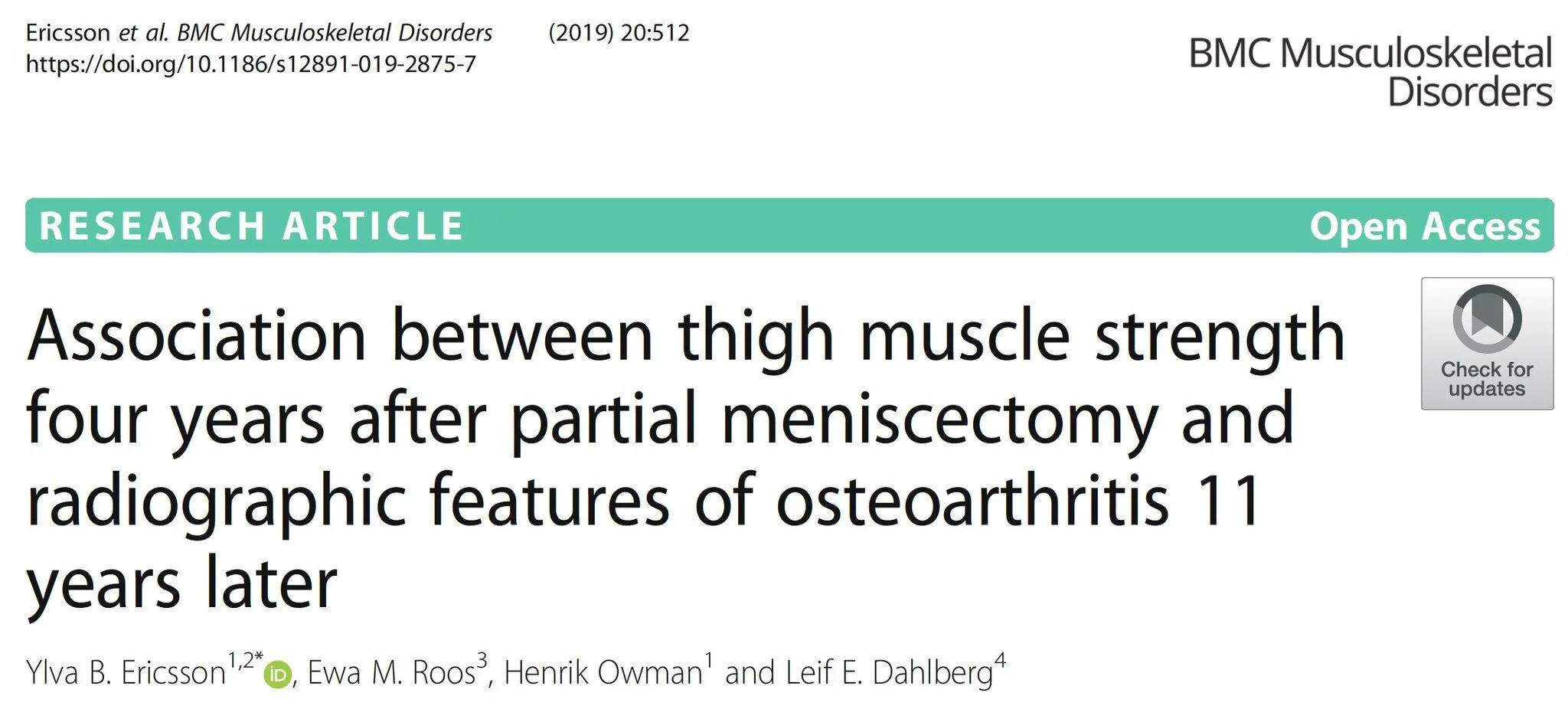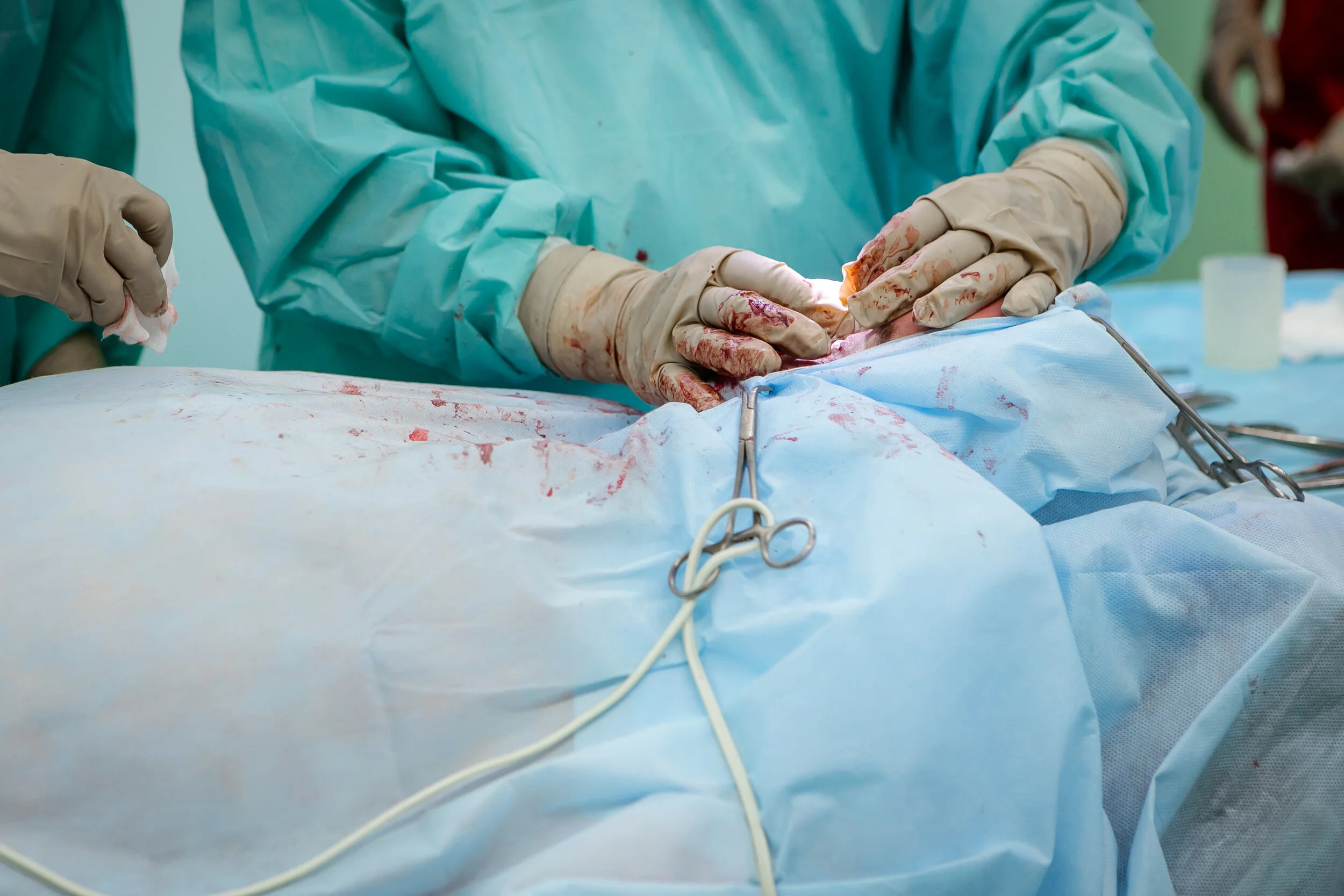Life and Running after Surgery
Unedited unabridged version of my column Run&Bee in Hindustan Times on 9th Nov 2019.
“Results of your surgery are as good as your pre and post surgery rehabilitation. Sadly not many talk about that.”
Running and other sports have massive physical and psychological benefits but sometimes injuries can come along either because of them or at times for some other reason. It becomes important to have some sort of a plan to get back to being active rather than being head strong and leading to a permanent injury.
At times surgery is the only option. That doesn’t mean you rush into surgeries but if you have to have a surgery, then how do you get back to being your old self?
I asked Dr. Darren Player, faculty at the Division of Surgery and Interventional Science, Faculty of Medical Sciences, University College of London, about the same. He is also a Qualified Personal Trainer and an Exercise Referral Specialist, with a research interest in muscle cell physiology in health and disease.
Dr. Darren Player
If you require surgery and wish to get back to any level of physical activity, whether it be for leisure, health, or competition, it is important to consider a number of factors which will determine your rate of recovery and your long-term health.
Firstly, there are a number of factors which will determine the chances of returning to sport/running after surgery (Campbell et al., 2016). As modifiable factors, your health and state of ‘fitness’ prior to surgery will affect recovery and rate of recovery. Particularly the amount of muscle mass relative to fat mass, is thought to be a determining factor for recovery in cartilage surgery (Dai et al., 2019). It is therefore important ensure you maintain health and fitness prior to your operation - this may require adapting your training to avoid pain and further dysfunction. Transitioning to some form of non-weight bearing exercise as part of your regime, will help to reduce excessive load on damaged tissues.
“Stronger thigh muscles 4 years after menisectomy were associated with less severe OA (osteoarthritis) in the knee of both the operated and contralateral (non-operated) knee 11 years later. May suggest that strong thigh muscles can help to preserve joint integrity in middle-aged subjects at risk of knee OA (osteoarthritis).”
Following surgery, the primary concern must be to ensure there is no negative impact on the immediate outcome of the surgery, by engaging in strenuous exercise too soon. You should consult with your surgeon prior to the surgery, to make them aware that you wish to return running as soon as possible. You will then be able to discuss a suitable plan and make sure that the surgeon is ‘on board’ with your ambition. If you are are working with a physiotherapist following surgery, you must inform them about your ambitions to return to running. This can have a large influence on the level of function that is sought in recovery.
Surgery will cause a degree of inflammation and oxidative stress and you will also most likely be required to rest (be it full bed rest, or otherwise) for a period of time post-surgery. These processes together will contribute to a degree of muscle wasting (weakening), so minimising the amount of rest before returning to basic activities of daily living (walking, climbing stairs, etc.) is essential. This will depend on the extent of surgery, but can be less than eight weeks post-operation (Vasiliadis et al., 2019).
As part of this process, it is a chance to return to the very basics of both walking and running gait. An abnormality in your running pattern, may well have contributed to your acute injury or chronic issue which to the requirement of surgery. Therefore, returning to the fundamentals of movement patterns following surgery ensures you develop the right habits which will support long-term musculoskeletal health. It is also important to return to the basics of resistance exercises, which will increase strength and transfer to your running performance e.g. squats, donkey kicks, heel raises, etc. Performing these exercises in a uni-lateral (one leg) as well as bi-lateral (both legs together) fashion, makes sure that you are not developing compensatory movement patterns. Asking your running coach to monitor your exercises, watching in a mirror, or videoing them for yourself to review later are all ways to monitor differences between limbs. The aim should be to restore function of the affected limb to the same level of the uninjured or damaged limb.
Nutrition is also fundamental when recovering from surgery, in order to provide the necessary macro- and micro-nutrients required to regenerate damaged tissues. Another factor in the recovery from surgery which is often overlooked, is your state of psychological wellbeing.
There is now evidence to suggest that pain catastrophization i.e. is characterized by the tendency to magnify the threat value of pain stimulus and to feel helpless in the context of pain, also influences the outcomes following surgery (Jochimsen et al., 2019). Setting your goal of returning to running and also seeking consultation and advice from a psychologist may also be suitable to aid in the recovery from surgery.
Return to Sport After Articular Cartilage Repair in Athletes' Knees: A Systematic Review.
Campbell AB, Pineda M, Harris JD, Flanigan DC.
Arthroscopy. 2016 Apr;32(4):651-68.e1. doi: 10.1016/j.arthro.2015.08.028. Epub 2015 Oct 30. Review.
PMID: 26524934
Dai AZ, Breite J, Pham H, Pickell M, Kramarchuk M, Vaca E, Strauss EJ.
Arch Orthop Trauma Surg. 2019 Mar;139(3):355-360. doi: 10.1007/s00402-018-3030-x. Epub 2018 Aug 24.
PMID: 30167858
Ylva B. Ericsson, Ewa M. Roos, Henrik Owman, and Leif E. Dahlberg
BMC Musculoskelet Dis. 2019;20:512. doi: 10.1186/s12891-019-2875-7. Published online 2019 Nov 3.
PMID: 31679520
Vasiliadis AV, Maris A, Tsoupli A, Saridis A.
Phys Ther Sport. 2019 Sep;39:82-89. doi: 10.1016/j.ptsp.2019.07.001. Epub 2019 Jul 2.
PMID: 31284149
Jochimsen KN, Pelton MR, Mattacola CG, Huston LJ, Reinke EK, Spindler KP, Lattermann C, Jacobs CA.
J Sport Rehabil. 2019 Oct 18:1-5. doi: 10.1123/jsr.2018-0431. [Epub ahead of print]
PMID: 31628272
Print version:





